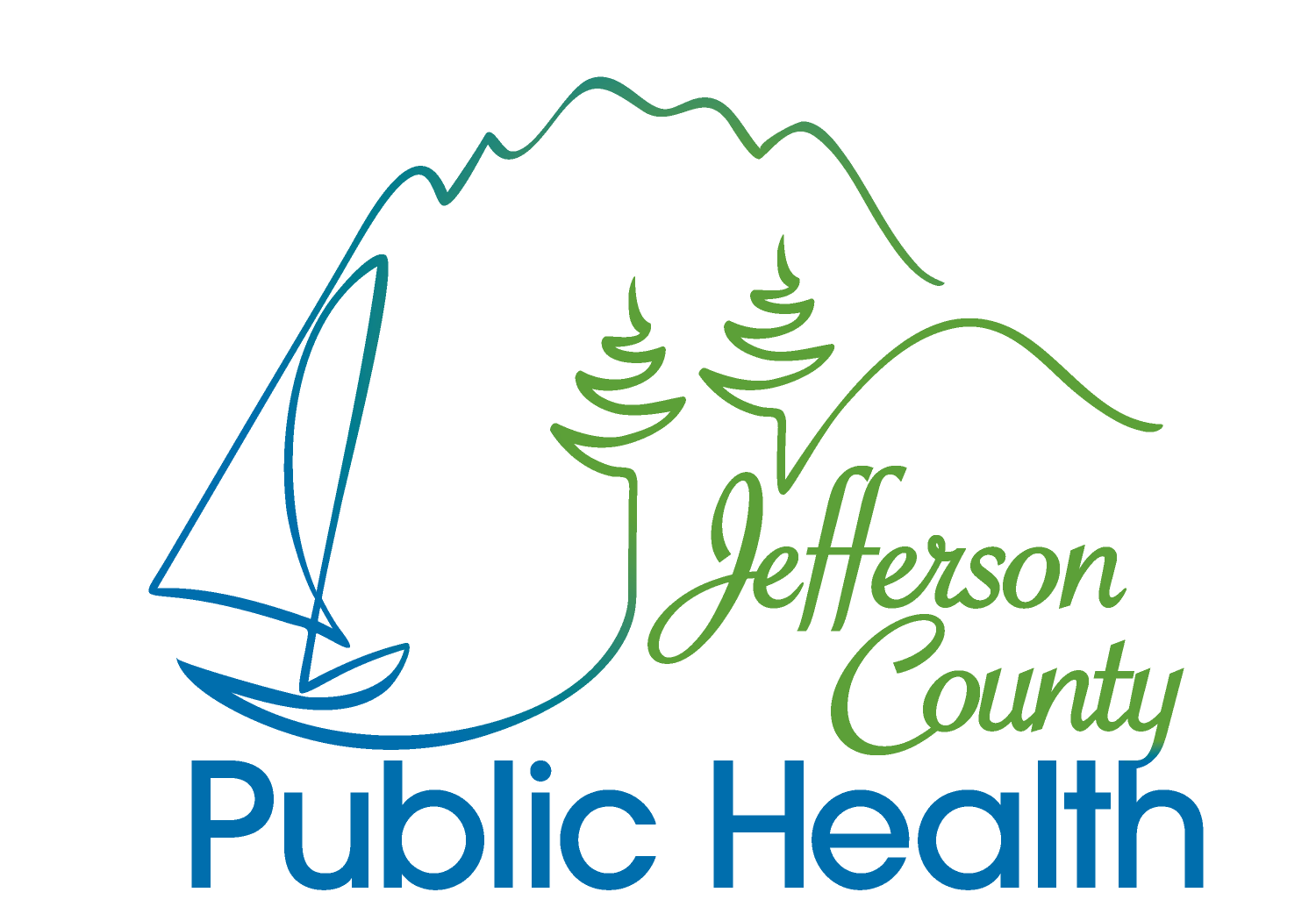What you should know.
Mpox can cause a rash that looks like bumps, blisters or ulcers. Some people have flu-like illness before the rash develops. Anyone can get mpox. The virus spreads during close, physical contact.
Most people recover in 2–4 weeks, but the disease can be serious, especially for children and people who are immune compromised or pregnant.
Are you a health care provider? Visit our Mpox Information for Providers page.
The United States is experiencing an outbreak.
Anyone who has close contact with a person who has mpox is at risk. Men who have sex with men may be at higher risk because the virus is spreading in these communities.
What are the symptoms?
Mpox can cause a rash that looks like bumps, blisters or ulcers. Before the rash, some people have flu-like symptoms, like:
- Fever.
- Headache.
- Muscle aches and backache.
- Swollen lymph nodes.
- Chills.
- Exhaustion.
If you have a new rash or sores or other symptoms:
- Avoid sex or intimate contact.
- See your healthcare provider. Remind them mpox may be circulating in the community.
If you don’t have a healthcare provider or insurance and need to get tested or treated for mpox, call us at (360) 385-9400.
If you have questions about mpox, you can call Washington state’s help line at (833) 829-4357 (HELP).
How does it spread?
Mpox spreads through contact with:
- Mpox rash, sores or scabs.
- Objects, fabrics or surfaces a person with mpox used.
- Respiratory secretions during prolonged, face-to-face contact with a person with mpox.
Mpox can spread as soon as symptoms start until all sores heal and a fresh layer of skin forms. This can be several weeks.
Treatment and vaccination.
The mpox and smallpox viruses are similar. Antiviral drugs and vaccines developed to protect against smallpox may be used to treat and prevent mpox.
Healthcare providers may prescribe antiviral medicine for people who are at high risk of severe disease.
Additional resources
- Mpox page, CDC.
- Mpox page, DOH.
- Mpox Monitoring and Risk Assessment for Persons Exposed in the Community, CDC
